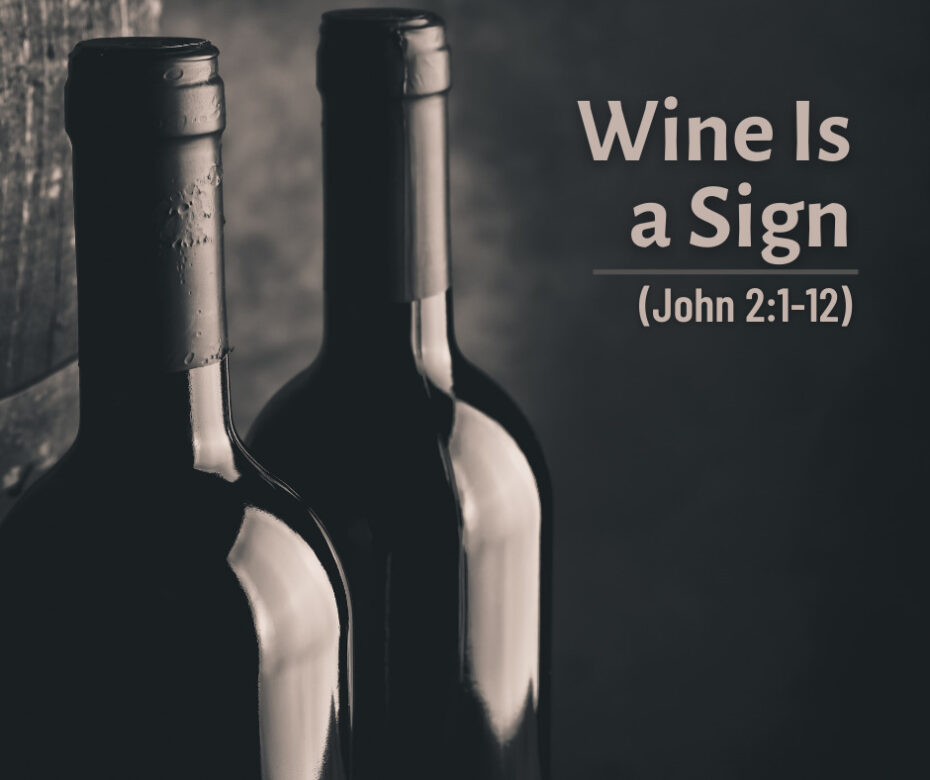When the prophets spoke of the coming Messianic age, they sometimes pictured it as a time that would be dripping with wine:
“Behold, the days are coming,” says the Lord,
“When the plowman shall overtake the reaper,
And the treader of grapes him who sows seed;
The mountains shall drip with sweet wine,
And all the hills shall flow with it.
I will bring back the captives of My people Israel;
They shall build the waste cities and inhabit them;
They shall plant vineyards and drink wine from them;
They shall also make gardens and eat fruit from them (Amos 9:13-14, emphasis added).
When Messiah comes, wine will be as abundant as flowing mountain rivers.
With that in mind, reconsider John 2:1-12, where you read about Jesus’ “beginning of signs” (v 11)—signs that John would later explain were meant to convince his readers that Jesus is the Christ, the Son of God (John 20:30-31).
You know the story.
Jesus was attending a wedding in Galilee when they ran out of wine. His mother, Mary, was also there, and the way she gave orders to the servants suggests this might have been the wedding of a family member. She urged her Son to do something, at which point, He turned six waterpots of “twenty or thirty gallons apiece” (v 6) into the very finest wine.
Out of curiosity, I looked up the world’s most expensive wines (see here). An 1869 Chateau Lafite sold for $232,692 a bottle, while a 1947 Cheval-Blanc sold for $304,000. Well, to spark your imagination, Jesus had just made the equivalent of 886 bottles of the world’s finest wine. If Jesus’ wine was at least as good as a Cheval-Blanc, it might have been worth a fortune!
Have you ever read John 2 and taken it to mean that Jesus performed a neat party trick? Well, now you know it was much more than that. To the prophetic “connoisseur,” turning water into abundant wine was not a trick, but an announcement!
Abundant wine was a sign that Messiah had come. No wonder “His disciples believed in Him” (John 2:11).


